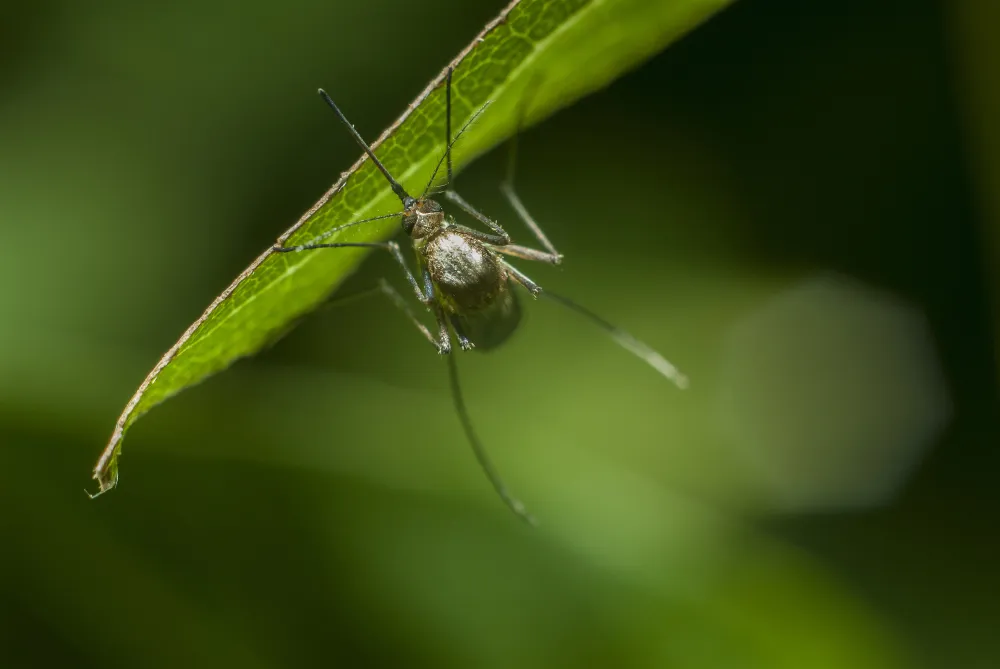Malaria, a once-eradicated disease in the United States, has made a surprising comeback. A scientific study published by The Lancet in 2021 highlighted the influence of climate change on the spread of diseases like malaria and dengue. As global temperatures rise, regions already endemic to these diseases become more suitable for transmission, expanding into higher altitudes and temperature regions.

In an alarming turn of events, the United States has witnessed the resurgence of malaria, a disease once thought to be eradicated from its shores. The Centers for Disease Control and Prevention (CDC) has reported five cases of locally acquired malaria in the past two months, marking the first local spread of the disease in 20 years. Four cases have been identified in Florida, while one case has been documented in Texas, raising concerns about the potential rise in imported malaria cases due to increased international travel during the summer season.
Malaria, predominantly found in tropical countries, is a mosquito-borne disease that can be life-threatening but is also preventable and curable. According to the World Health Organization (WHO), there were an estimated 247 million cases of malaria worldwide in 2021, resulting in approximately 619,000 deaths.
A scientific study published by The Lancet in 2021 highlighted the potential impact of climate change on the spread of diseases like malaria and dengue. The study emphasized that rising global temperatures would increase the suitability for both diseases, particularly in regions already endemic to them. This expansion into higher altitudes and temperature regions indicates the possibility of outbreaks in areas where people may lack immunity and health systems may be unprepared.
Mild symptoms of malaria include fever, chills, and headaches, while severe cases can lead to difficulty breathing, fatigue, confusion, and even seizures. However, the disease is preventable through the use of medication and taking precautions to avoid mosquito bites.
The CDC has assured that all recent malaria cases in the United States have received treatment and are showing signs of improvement. However, health officials are urging doctors, especially in southern states where the climate favors mosquito populations, to remain vigilant and consider the possibility of local malaria transmission. The CDC also advises healthcare providers to ensure access to the recommended treatment for severe cases of malaria, which includes intravenous artesunate.
It is important to note that the majority of malaria cases in the United States, approximately 2,000 each year, are diagnosed in travelers returning from countries where malaria is prevalent. The recent local spread of the disease serves as a reminder for healthcare professionals to be aware of the potential risks and symptoms associated with malaria.
Since 1992, the United States has experienced 11 outbreaks of mosquito-borne malaria, with the last one occurring in 2003 in Palm Beach County, Florida, where eight cases were reported. While the risk of locally acquired malaria remains low in the United States, health authorities are closely monitoring mosquito populations and intensifying surveillance efforts in both Florida and Texas. The Florida Department of Health is actively working to control mosquito populations in Sarasota County.
The recent cases of locally acquired malaria serve as a wake-up call for public health officials and the public alike. The CDC emphasizes the critical role of early diagnosis and prompt treatment in addressing malaria as a medical emergency. With no evidence suggesting a connection between the cases in Florida and Texas, it is crucial to continue efforts to prevent mosquito-borne diseases, particularly in regions where the mosquito vectors thrive.
As the climate continues to change, creating more favorable conditions for disease transmission, public health systems must remain prepared and proactive in addressing emerging health risks. Preventive measures such as using insect repellents, wearing protective clothing, and controlling mosquito populations at both personal and community levels can play a significant role in curbing the spread of diseases like malaria.
The fight against malaria requires a collective effort, with governments, healthcare professionals, and communities working together to raise awareness, implement preventive measures, and ensure access to appropriate treatment
Stay connected with Today On Globe for the latest Global Issues and News Updates.
Explore more related articles at [TOG News / TOG Article]













